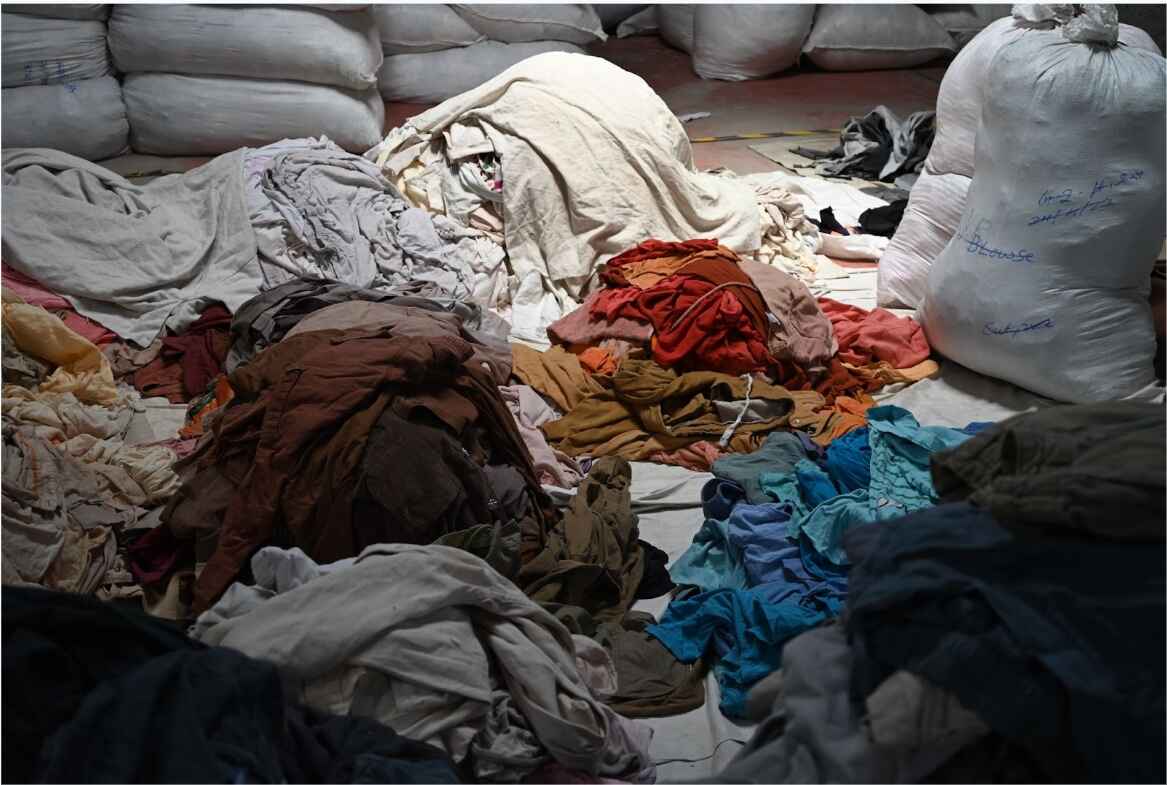Policy Brief Unveils Technology’s Cost-Effectiveness and Sustainability Advantages
The Energy and Resources Institute (TERI) recently launched a policy brief titled, “Integration of TADOX Technology to achieve net zero in textile wastewater treatment,” outlining a path towards sustainable textile wastewater management.
This policy brief follows the successful pilot demonstration of TADOX, a novel wastewater treatment technology developed by TERI, at a Textile CETP (Common Effluent Treatment Plant) in Kanpur, India. Funded by the National Mission for Clean Ganga (NMCG) under the Namami Gange program, this pilot marks the first-ever global deployment of TADOX in a real-world textile wastewater treatment setting.
The pilot plant, with a capacity of 20,000 liters per day, effectively removed color and pollutants, achieving compliance with stringent environmental regulations. The policy brief emphasizes the integration of TADOX for achieving net-zero wastewater treatment in the textile industry.
Based on a Life Cycle Assessment (LCA) and the benefits of integrating TADOX at the pre-biological treatment stage, the policy brief highlights the technology’s cost-effectiveness. Compared to traditional methods, TADOX offers:
- 100% reduction in color
- 50% lower capital expenditure
- 30% reduction in operational expenses
- 32% decrease in greenhouse gas emissions
Furthermore, integrating renewable energy sources like solar power can further enhance TADOX’s sustainability and reduce operational costs by up to 40%, potentially leading to a net-zero energy solution.
Praising TADOX as an embodiment of “Atmanirbhar Bharat” (Self-reliant India), Mr. G Asok Kumar, Director General of NMCG, commended the technology’s potential to revolutionize industrial effluent treatment. He urged wider adoption of TADOX by industry and partners, paving the way for a net-zero energy future for the textile sector.


